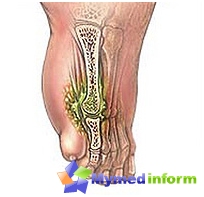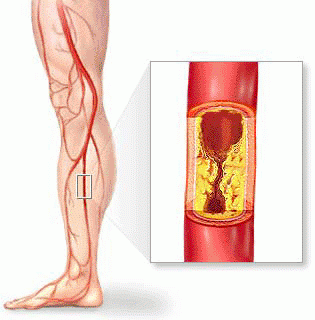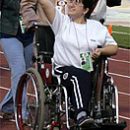Coronary arteries shunt operations have become a common procedure performed in order to restore the health of people suffering from coronary disease.
Content
Shunting method
 Shunting method (eng. Shunt – Bypass) is that with the help of a site of a healthy vein, a bypass path for blood flow is created. This method of treatment of vascular disease is applied not only in cardiac surgery, but also in surgery of vessels of other regions.
Shunting method (eng. Shunt – Bypass) is that with the help of a site of a healthy vein, a bypass path for blood flow is created. This method of treatment of vascular disease is applied not only in cardiac surgery, but also in surgery of vessels of other regions.
Operation of the Aorticonoronal shunting allows you to restore blood flow in the arteries of the heart by bypassing the place of narrowing the coronary vessel with the help of shunts.
The pioneer of shunting techniques is considered to be Argentinian Rene Favoro, who first applied this method in the late 1960s.
The testimony for the coronary shunt operation includes:
- Defeating the left coronary artery, the main vessel, providing blood delivery to the left half of the heart
- Defeat of all coronary vessels
Before carrying out aorticon-artistic shunting operation, as before all cardiac surgery, a full range of patient survey is carried out, including such special research methods, such as electrocardiography, coronorography and heart ultrasound.
As a shunt for this operation, one of the velocities of the lower limb is usually taken, which immediately note, does not impair the outflow of venous blood in this lower limb. In addition, a radiation or inner chest arterry can be used for this purpose.
Operation is carried out only under general anesthesia. Preparation for the operation includes the same events as for other cardiac surgery operations.
Operation of the Aorticorona Shunting
The main stages of the operation of the Aorticoronary simulator:
-
The patient is delivered to operational and stacked on the operating table. Anesthesiologist introduces an intravenous anesthetic to the patient, after which the patient falls asleep
-
The patient's trachea introduces a special endotracheal tube through which the patient throughout the operation is breathing with the help of an artificial ventilation of the lungs
-
By mid-line in the chest area, a vertical section is made.
-
As shunt prepares a plot of veins or arteries from these places.
-
Surgeon stops the patient's heart. From this point on, the blood circulation in the patient's body is carried out using an artificial blood circulation apparatus. It should be noted that in some cases the operation is carried out on a beating heart.
-
The shunt is fed by one end to the aorta, and the other to the coronary artery after the location of the narrowing.
-
Restores the work of the heart. Incision of the chest
In some cases, the operation of the aortocortonary shunting can be carried out as already indicated above, on a beating heart, without the use of an artificial circulation apparatus. The advantages of this method are:
- Lack of traumatic blood cell damage
- Lower duration of the operation
- Fast postoperative rehabilitation
- Lack of complications related to the use of artificial blood circulation
The operation of the Aorticoronaryth Shunting on average about 3 – 4 hours. After the operation, the patient is translated into the intensive care unit, where it is up to the recovery of consciousness – on average one day. After which it is translated into the usual chamber of the cardiac surgery.
Possible Complications of Aorticorona Shunting
Possible complications of aorticoronary shunting:
- Frame infection
- Thrombosis of deep veins
- Misractive or incomplete sobbing breasts
- Complications of anesthesia, for example, malignant hyperthermia
- Myocardial infarction due to reduced pressure, early closure of the lumen of the shunt or damage
- Acute renal failure due to reduced pressure
- Stroke
- The narrowing of the Shunts, especially this concerns the shunt based on Vienna
- The formation of a keloid scar
- Chronic pain in the area of the cut
- Postoperative complications, in the form of constipation, memory loss, etc.
Coronary angioplasty, performed by an experienced specialist often avoids a large cardiac surgery, such as aorto-coronary shunting.









